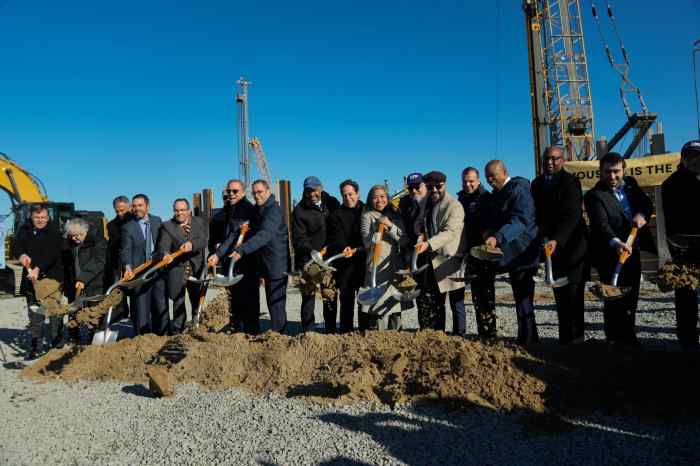By Stephen Witt
Two borough not-for-profit research institutions were among 25 institutions statewide to receive one-year development grants to support stem cell research and training. The SUNY Downstate Medical Center, 450 Clarkson Avenue in Flatbush, received $192,267, and Polytechnic University, 6 MetroTech Center in Downtown Brooklyn, received $100,000. The $14.5 million total in first grant awards comes through the state’s $600 million multi-year stem cell research initiative that Gov. Eliot Spitzer funded in the 2007-08 budget. “Innovative stem cell research has the potential to yield therapies that may prevent, treat and perhaps even cure many debilitating and life-threatening conditions,” said Spitzer. “I thank the members of the Stem Cell Board for their monumental effort to quickly award funding to invigorate stem cell research at institutions throughout the state and help build the infrastructure needed to support a robust research community,” he added. Diane Mathis, spokesperson for the state Department of Health, said the $100,000 going to Polytechnic University has been designated to support specialized training for scientists to enter the field of stem cell research, thus expanding the community of stem cell scientists in the state. The total grant of $192,267 going to SUNY Downstate includes about $33,000 to continue or supplement stem cell research currently underway, about $156,000 to support the purchase of large equipment and instrumentation to be shared by researchers in stem cell research, and about $3,000 for training current scientists to become stem cell researchers, Mathis said. Stem cells are cells that can be genetically manipulated and can be found in baby cord blood and aborted fetuses. Thus, the issue of utilizing embryonic stem cells is controversial and President Bush is among the opponents of its use. The grants come after scientists in Wisconsin and Japan reportedly turned human skin cells into embryonic-like stem cells. “This [skin cell] research is incredibly exciting and holds great promise for the future,” said Mathis. “But as the scientists involved in that research and many other eminent scientists across the country have pointed out, it would be premature to abandon human embryonic stem cell research as it could take several years of follow-up studies to duplicate and perfect this method.” “The utility and characteristics of the skin cells they used in the research have not yet been fully compared to embryonic stem cells,” she added. Among the proponents of the continued stem cell research are Nobel Laureate Harold Varmus, M.D., president of Manhattan’s Memorial Sloan Kettering Cancer Center and a member of the Empire State Stem Cell Board. “Stem cell research has enormous potential to reveal fundamental truths about early human development, to assist drug development, and to be used as medical therapies for a wide range of human disorders,” said Varmus. “By supporting such research, New York State is ensuring that our scientists can contribute to this rapidly evolving discipline, and that the economic and health benefits of their discoveries may be enjoyed by our citizens,” he added.































